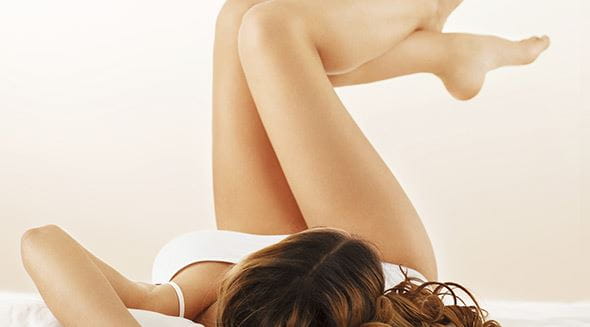
Care Tips for Teens
BLACKHEADS, SPOTS & CO. DON’T STAND A CHANCE.
Our bodies change during puberty. And often, our skin as well as our moods act up. Body and skin care is especially important at this time. With these tips, you’ll be able to get to grips with blackheads, spots and body odour with ease.
The right care for every skin type
Is your face shiny? Do you get blackheads and spots in your T-zone? Or is the skin on your cheeks tight and irritated? To be able to look after your skin properly, it’s important to know your skin type. Only then can you choose the right care products and get to grips with problematic skin. Find out your skin type!
Beauty basics for teens
Dirt and oil accumulate on the face throughout the day – it’s the ideal hotbed for blackheads and more. This care ritual will keep your complexion fresh and your skin clear of impurities.
3, 2, 1, go: a fresh start to the day!
Are you out and about with your friends all day? To ensure that you look great at all times, you should pay a little attention to your body. A quick care routine will keep you looking laid-back and fit.













